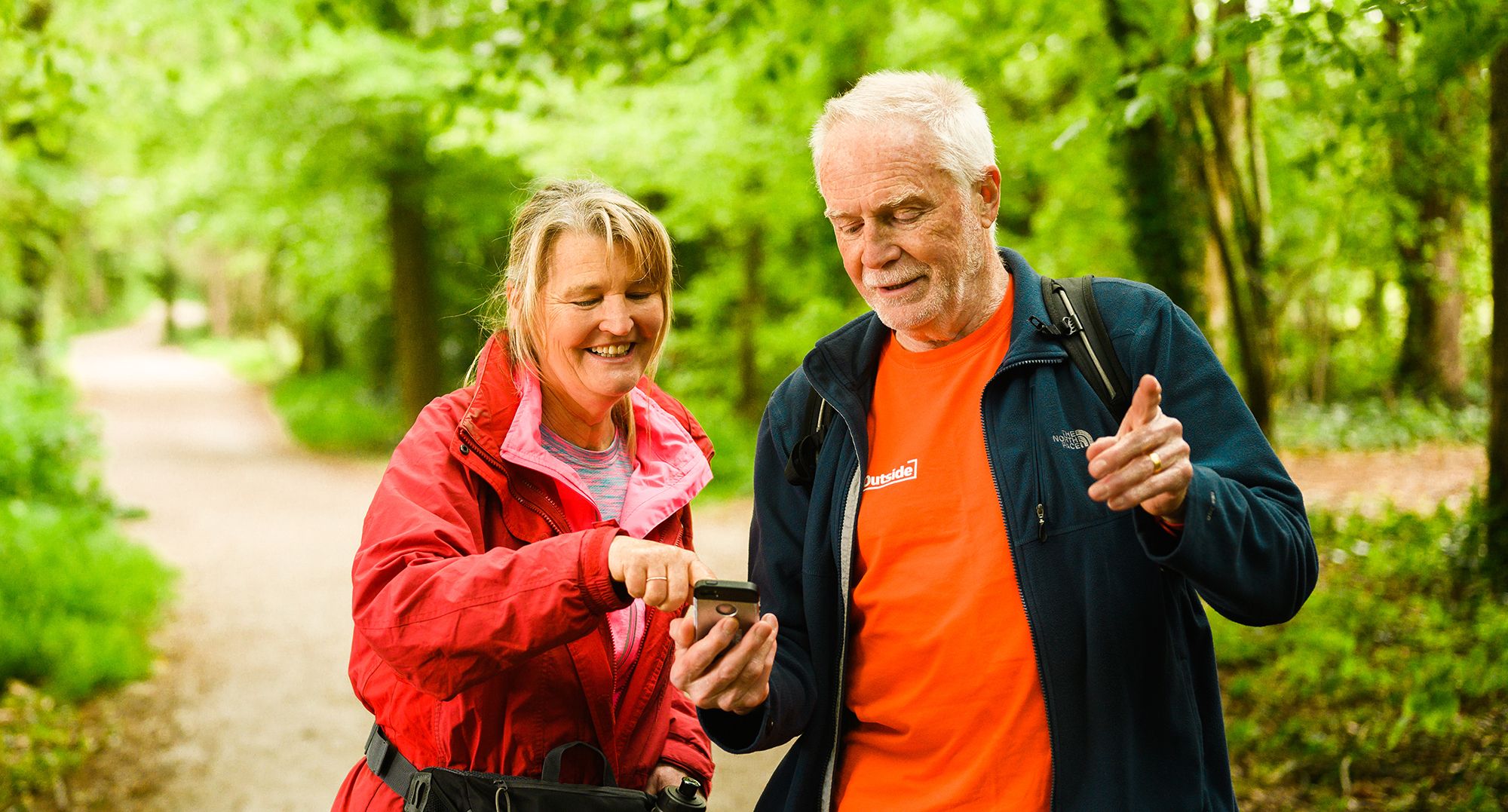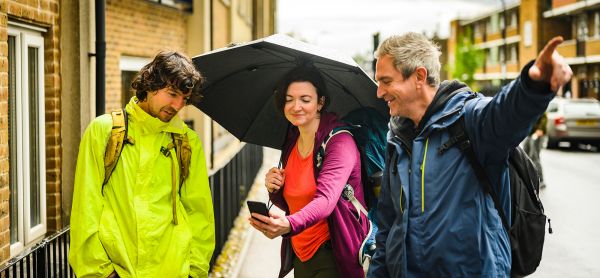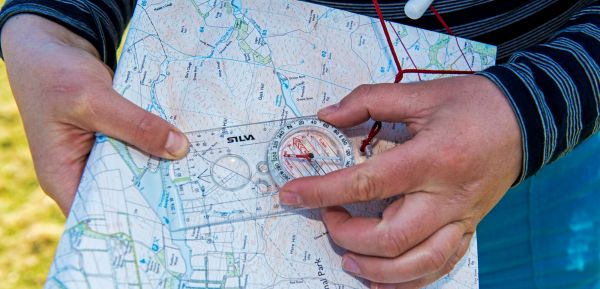What is GPS and do I need it?
What to consider if you’re thinking of investing in GPS technology

Explore with confidence
Is GPS a good idea?
Nothing beats the joys of exploring on foot. And as we become more confident in planning walks we may want to stride out on less well-trodden routes. There’s an ever-increasing number of GPS (Global Positioning System) options that can help us get more out of our walks. There are two main types of GPS technologies to choose between: GPS apps that you access via your smartphone or separate GPS devices. Both can be helpful navigation tools, although we recommend they are used in conjunction with a traditional map and compass.
Plan your route using GPS technology
Most GPS devices or GPS smartphone apps will have a function that lets you plan and map your walk ahead of time. They will calculate the distance and the ascent. This can be done on the device /smartphone or on your home computer. If you are walking with others, you will be able to share the route with them. This is a good idea in case your battery dies, or you need to split the group. If you’re heading off alone, particularly to a remote area, it’s a good idea to leave a copy of your planned route with a friend or relative and let them know what time you will be back.
Stay on track thanks to GPS
The distinct advantage of GPS over paper maps is that it will tell you where you are at any given time. It will also provide information on your pace, distance travelled and elevation. Unlike printed maps, it will also show you up-to-date features such as new roads or buildings. But beware – if you are in a gully or a deep valley your GPS may misread your true location.
Keep a record
By recording your walk, you’ll be able to repeat the walk again, or easily amend it for a future date. You’ll also be able to track your pace or distance travelled over time.
Smartphone app or GPS device?
Both options have pros and cons but generally a smartphone app will be the cheaper option and a good place to start if you are new to using GPS.

Using a smartphone GPS app
Your smartphone will likely have a Maps app installed such as Google Maps or Apple Maps. These are great for getting you from A to B but they aren’t designed with countryside walking in mind. Specialist apps like Ordnance Survey and ViewRanger offer similar functions to a GPS device using your mobile phone signal to track your location. They will show you paths and public rights of way, contours, and potential hazards such as cliffs or quarries.
You should never rely solely on a smartphone app as you may lose signal, particularly in remote areas. Also be aware that constant use of these apps can drain the battery, leaving you unable to use your phone in an emergency. You can preserve your battery life by downloading the map in advance and using your phone’s GPS functions in ‘flight mode’.
The OS Locate app is a great place to start. This free app tells you your Grid Reference and altitude. It’s great to use along with a traditional map. And should things go wrong you can get a reliable reading of your location when calling for help. It’s also has a built-in compass.
Top tips when using a smartphone GPS app
Smartphone screens don’t work well in the wet. Consider using a waterproof cover.
If you are in a group, make sure you have more than one mobile phone. If you are alone, take an external battery pack so you can recharge your phone if needed.
Using a GPS device
GPS devices use satellite signals to locate your current position on the map to an accuracy of 10 – 20 metres. They will also help you navigate a pre-planned route. They tend to be more reliable than smartphone apps. However, if you are walking in remote areas where accurate navigation is safety-critical you should not rely solely on your device as there is a risk your device could fail. To use a GPS device well you will need to already have reasonable map reading and navigation skills.
The Ramblers app
The Ramblers app is exclusive to members, giving you access to thousands of tried-and-tested walking routes. As well as written directions, the app will track your progress along the route.
The Ramblers app features:
- Over 4,000 tried and tested walking routes for you to explore
- Searchable library of up to 50,000 Ramblers group walks across Great Britain
- The latest walking gear reviews and features
- Your digital membership card
- Access to exclusive discounts and special offers on walking gear and more from our partners
Download your the free members app by going to the Apple’s App Store or Google Play on your phone and searching for Ramblers. You’ll need your membership number and to sign up on first use. To use the app, you need a smartphone running Apple iOS 8.0 or later, or Android version 5 or later.
Not a Ramblers member?
The Ramblers app is just one of the many benefits you’ll get when you join the Ramblers. So, what are you waiting for?

A beginners guide to using a compass
When it comes to walking in the countryside, a compass is the most accurate way of following a map. So here’s our beginner’s guide to using a compass.

How to read a map
Maps are simply a picture of the ground as seen from above. They are scaled down from life size and include symbols to show particular features and landmarks.

Planning a walking route
Choosing the location and distance are just two important aspects of planning a walking route. Here is our guide to a well-planned walk.